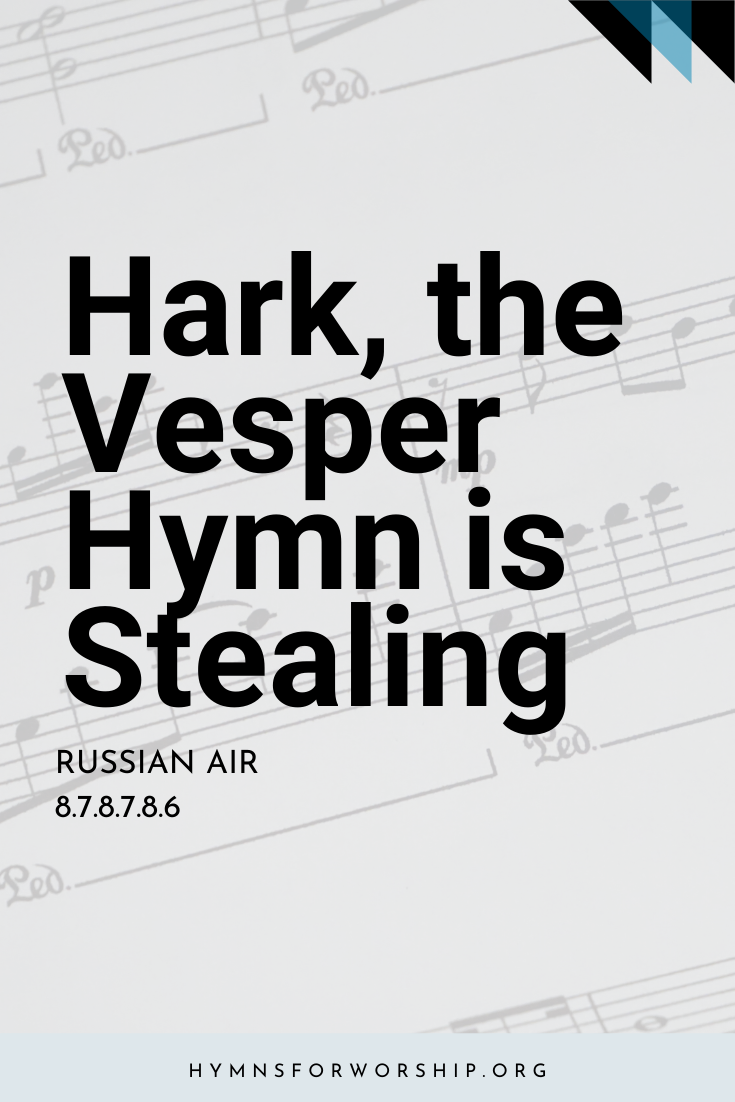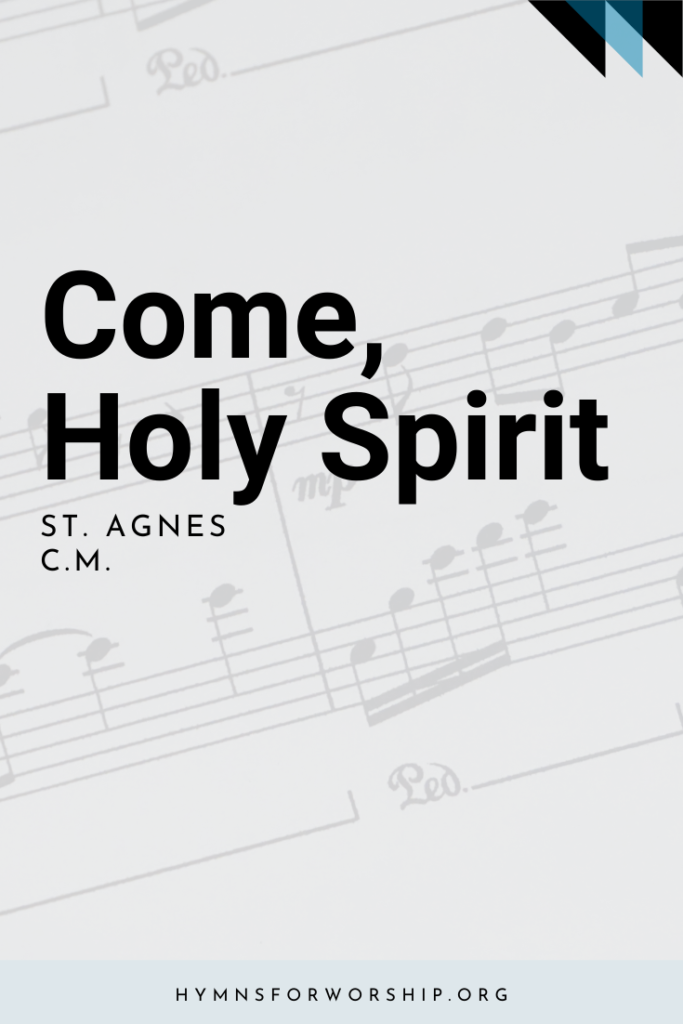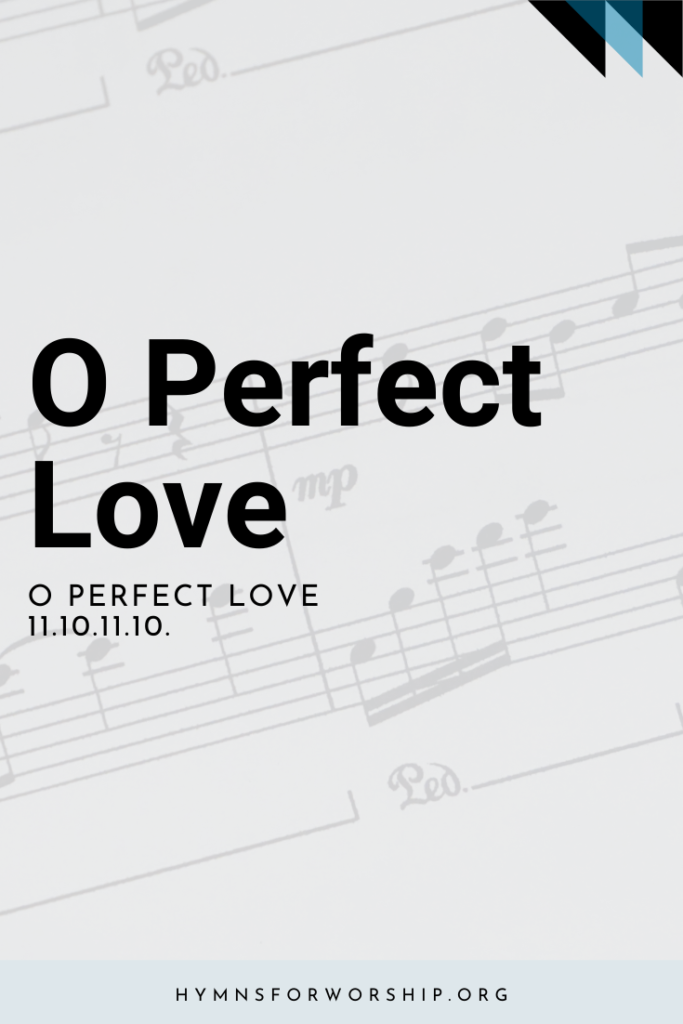WORSHIP >> EVENING WORSHIP
SDAH 58
Hark! the vesper hymn is stealing
O’er the waters soft and clear;
Jubilate, Jubilate, Jubilate,
Amen.
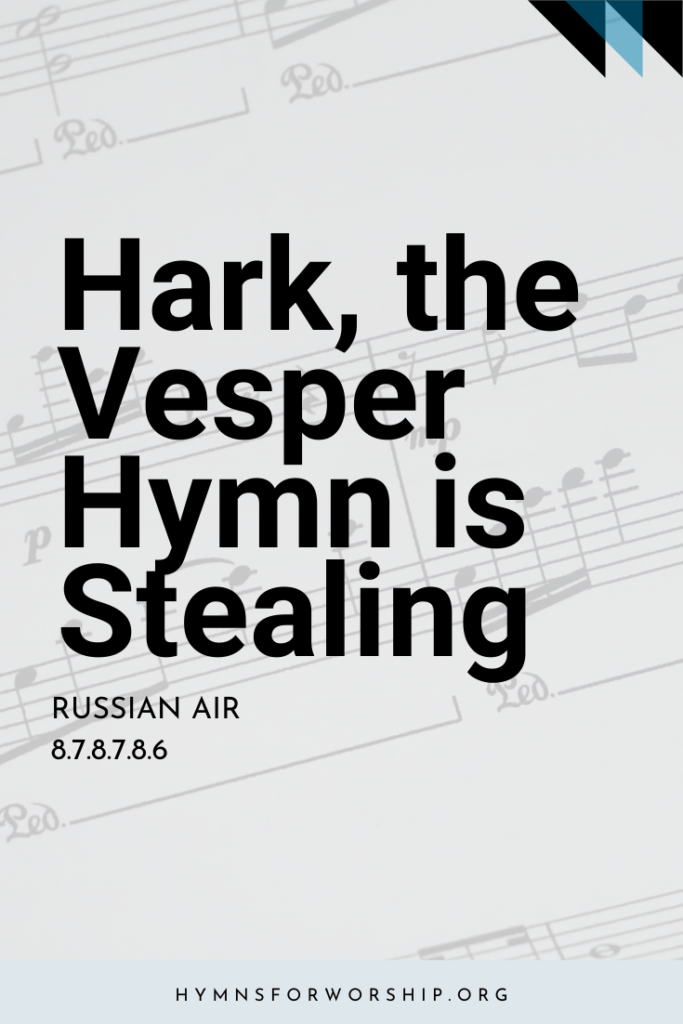
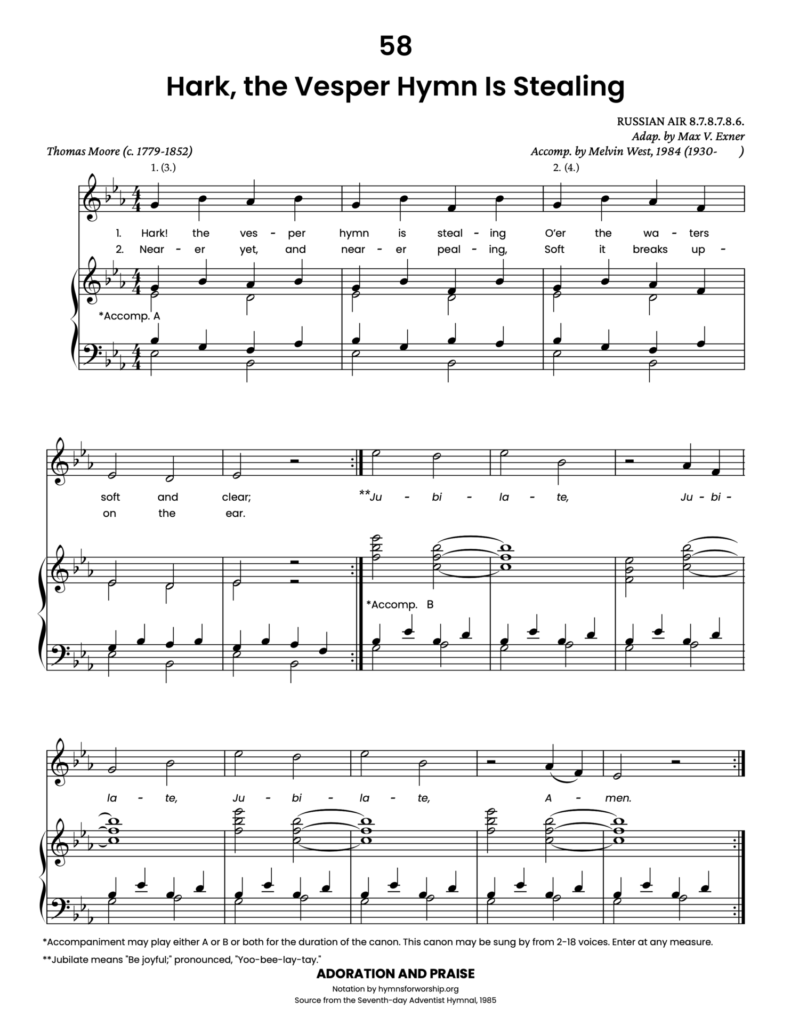
Get the hymn sheet in other keys here
For Worship Leaders
Make each hymn more meaningful with these helpful tools: Short, ready-to-use hymn introductions for church bulletins, multiple ways to introduce a hymn based on your worship theme and in-depth history and insights to enrich your song service.
Hymn Spotlight: Hark, the Vesper Hymn Is Stealing
This peaceful evening hymn first appeared in 1818 in a collection of national airs with words by Thomas Moore (1779–1852). Though often attributed to Dmitri Bortniansky, its actual composer remains unknown. Sir John Stevenson (1761–1833) arranged it for a glee (four-part harmony) and later adapted it into a conventional hymn tune, which became widely popular in both England and America.
Moore, a celebrated Irish poet, wrote many beloved songs, including “The Last Rose of Summer.” His sacred texts, published in 1816, reflect his poetic sensitivity and devotion to beauty in worship.
With its gentle melody and flowing harmony, VESPER HYMN has been cherished for generations as a prayerful close to the day, inviting peace and stillness before rest.


Text
1
Hark! the vesper hymn is stealing
O’er the waters soft and clear;
Jubilate, Jubilate, Jubilate,
Amen.
2
Nearer yet, and nearer pealing,
Soft it breaks upon the ear.
Jubilate, Jubilate, Jubilate,
Amen.

Hymn Info
Author
Thomas Moore (c. 1710-1792)
Performance Suggestions
Accompaniment may play either or both sources for the duration of the canon. This canon may be sung by from 2-18 voices. Enter at any measure. “Jubilate” means “Be joyful” pronounced, “You-bee-lah-tay.”
Copyright
Arrangement copyright 1984 by Melvin West
Hymn Tune
RUSSIAN AIR
Metrical Number
8.7.8.7.8.6.
Composer
Adapt. by Max V. Exner
Arranger
Accomp. by Melvin West (1930-)
Tune Source
1984
Theme
EVENING WORHIP

